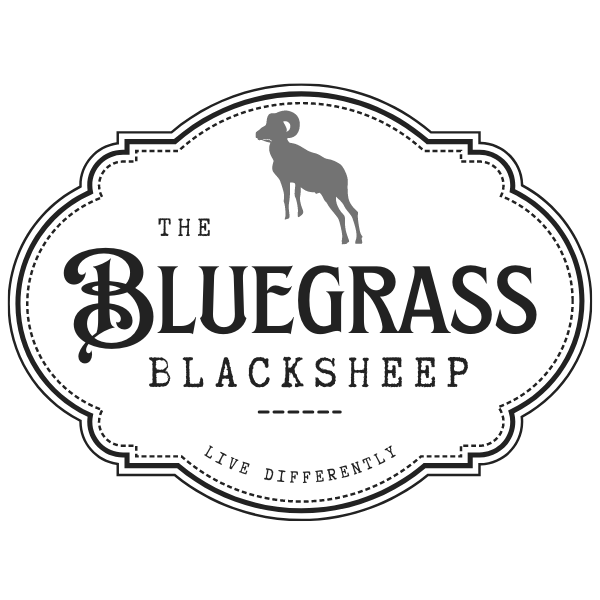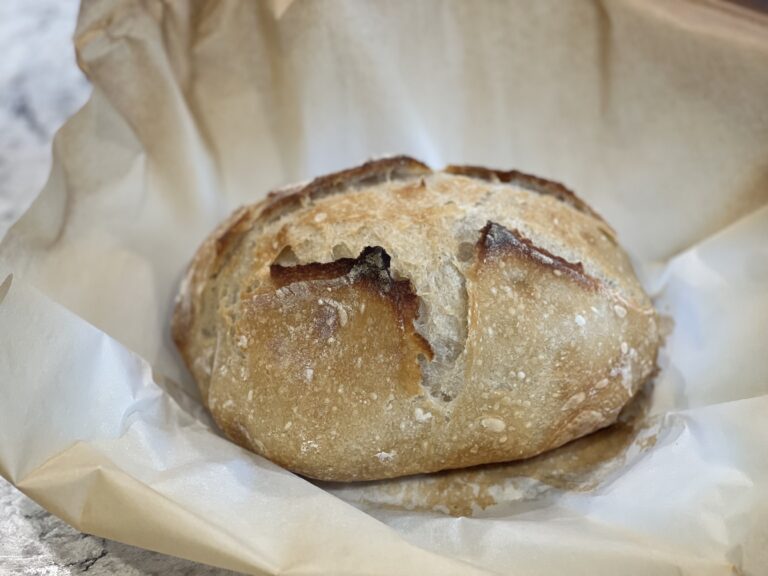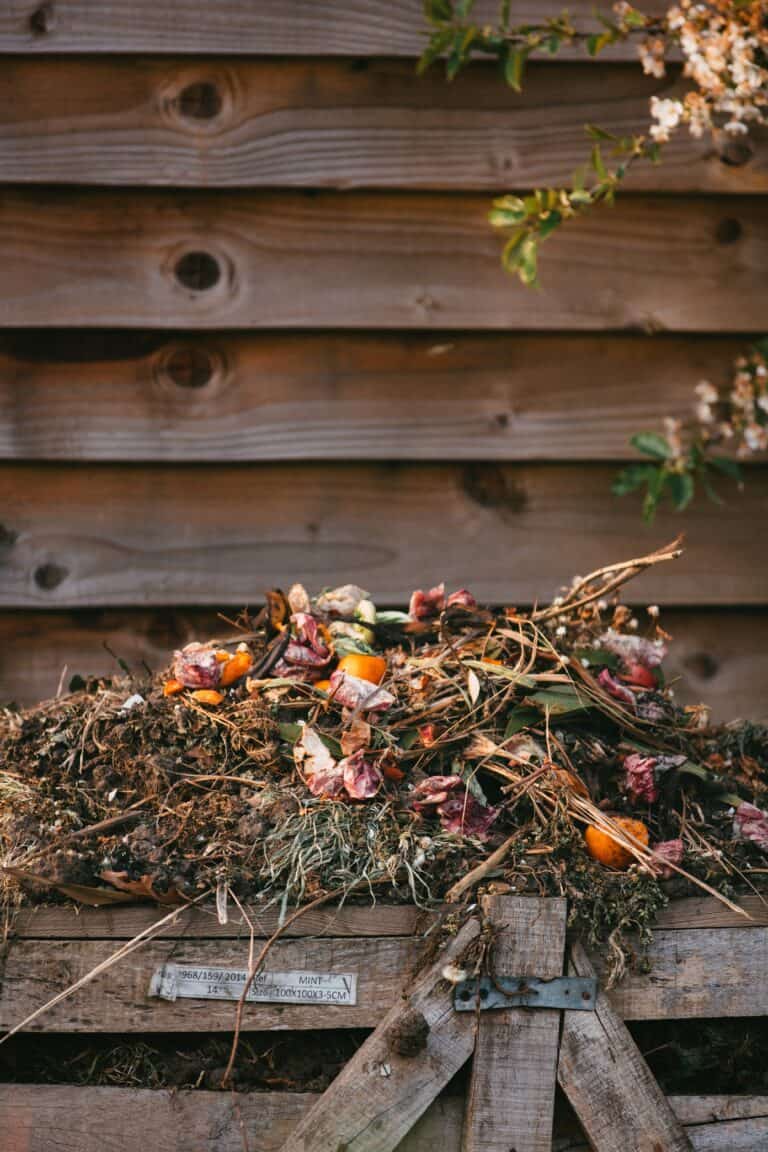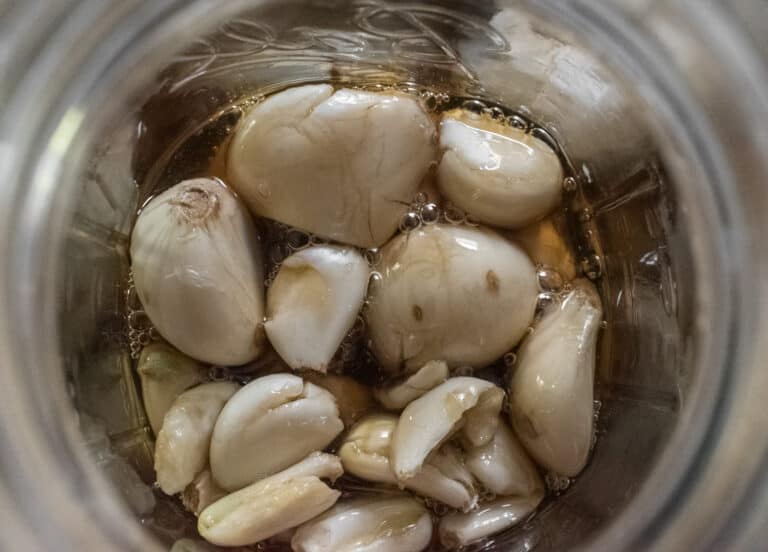How to Homestead in the Suburbs
Ten Ways to Homestead Without Owning Land
I always dreamed of owning several acres in the country so that I could have large livestock, a huge flock of chickens, and a garden large enough to provide all the produce my family could eat in a year. I’ve lived in my current home in the suburbs for five years now, and though it’s not the spacious property I dreamed of, it yields a great deal of food for my family. Today I’m so excited to share with you some ideas about how you also can homestead in the suburbs on minimal or no land.
Keep Small Livestock
If you live in an urban or suburban area, large livestock such as cattle or sheep might not be in the cards for you. But there are other options! We keep a small flock of backyard chickens that blesses us with several dozen fresh eggs each week. Chickens are very easy to care for and most breeds are great with kids. You can read more about our chickens here.
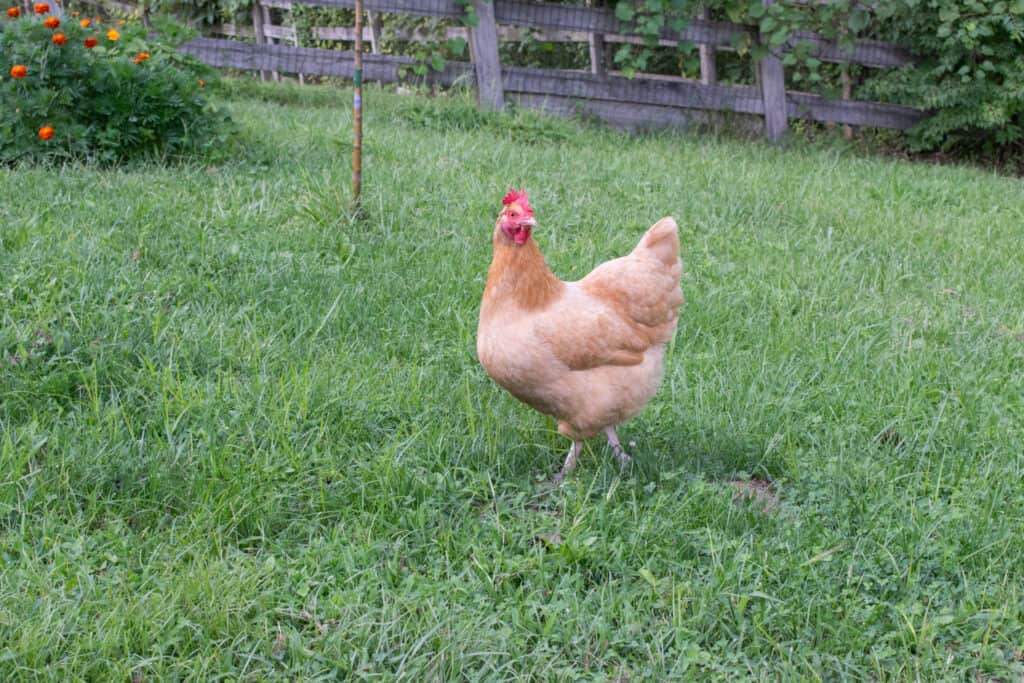
If your homeowner’s association or local government won’t let you keep chickens, here are some other options:
- Quail- These birds are significantly smaller than chickens and can be kept in an enclosure much less than what chickens require. Quail will provide you with meat and adorable speckled eggs your family can enjoy. Here is a great resource to help you get started.
- Meat rabbits- also smaller (and less noisy) than chickens, these guys reproduce quickly and provide a delicious and healthy meat source for your family. Additionally, rabbit manure is great for gardening because it doesn’t have to compost before use!
- Bees- Beekeeping is continuing to grow in popularity. It is easy to keep a single beehive or two in the backyard to help pollinate your garden and provide a source for delicious honey and useful beeswax.
- Worms- Vermicompost is an easy way to quickly compost kitchen scraps into black gold for your garden and houseplants. Worm bins can be kept outside or in a basement for year round compost production.
Cook from Scratch
Scratch cooking an essential cornerstone of the homesteading way of life. Rooted in the principles of cultivating, harvesting, and preparing your own ingredients, scratch cooking epitomizes the essence of homesteading by connecting individuals to the land, fostering a deep understanding of food sources, and promoting sustainability. From planting seeds and tending gardens to reaping the rewards of a bountiful harvest, the journey from soil to table encapsulates the fulfillment and satisfaction that arises from nurturing your family’s nutritional needs.

Plant a Garden
Growing your own food fosters self-sufficiency, environmental awareness, and a stronger bond with nature. It empowers individuals to nurture fresh produce, learn about cultivation, and reduce their ecological impact. While it may not be possible for someone living on a tenth of an acre in a subdivision to grow enough food for their family for the entire year, reducing complete reliance on the grocery store even a small amount can make a huge difference.
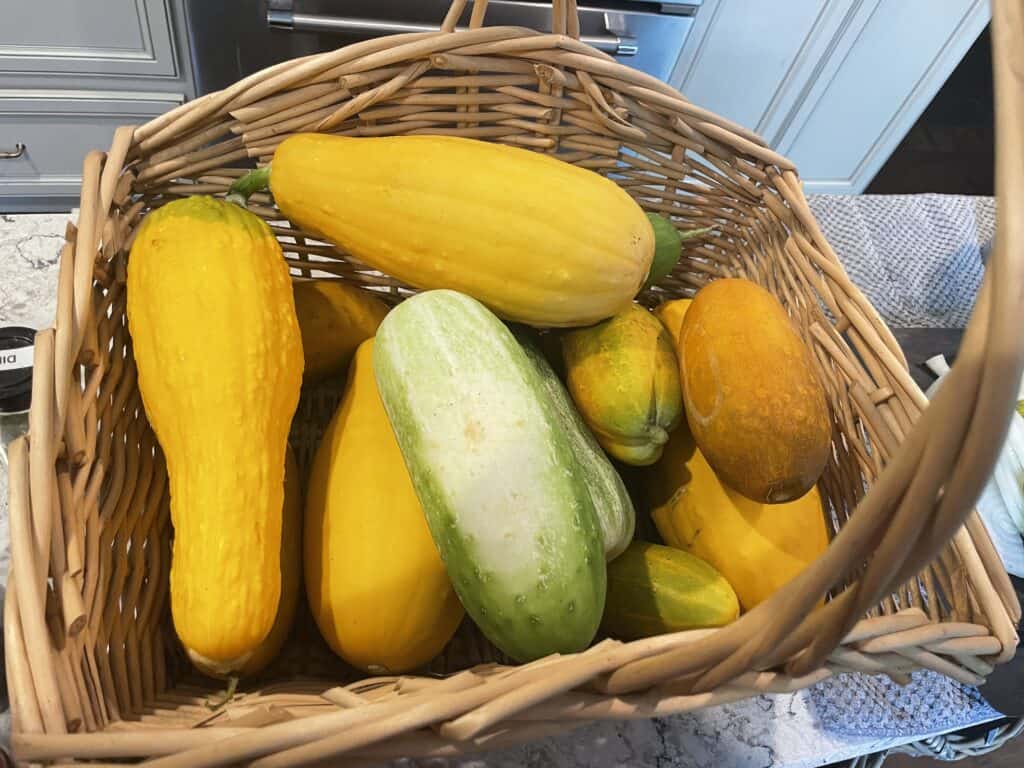
Compost
Composting is surprisingly simple and immensely rewarding. Gather kitchen scraps and yard waste in a designated bin, layering green and brown materials. Nature takes care of the rest, breaking down organic matter into nutrient-rich soil. With minimal effort, you contribute to reducing waste, enriching your garden, and promoting a greener planet. You can read my full composting tutorial here.
Preserve Food
Learning the art of food preservation is a vital skill that bridges the gap between abundance and scarcity. By mastering techniques like canning, drying, freezing and fermenting, we safeguard seasonal harvests, minimize waste, and extend the availability of nutritious foods year-round. This knowledge is an investment in self-sufficiency, offering a sense of security and reducing reliance on commercial food systems.
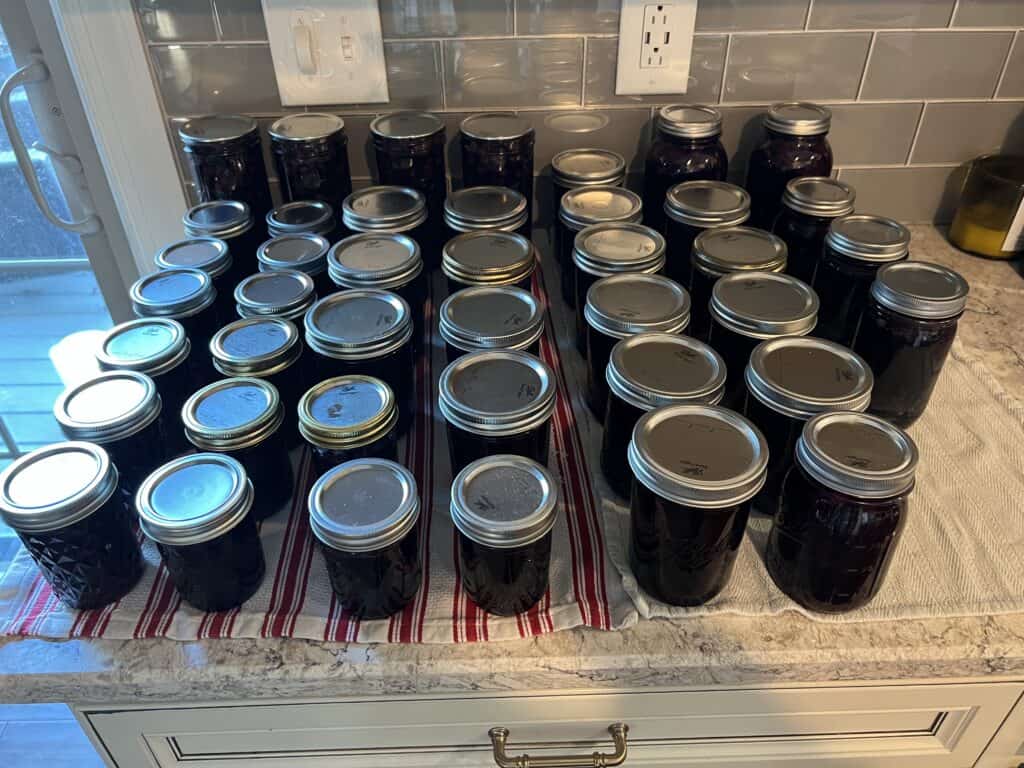
Herbalism
Learning herbalism unlocks the ability to harness the therapeutic properties of plants, promoting holistic well-being. From crafting natural remedies to supporting mental and physical health, this knowledge empowers individuals to take charge of their vitality. By delving into the art of herbalism, we tap into a rich lineage of ancient wisdom, fostering a deeper understanding of the natural world and our place within it. If you would like to dip your toes into learning herbalism, this post is a great place to start.
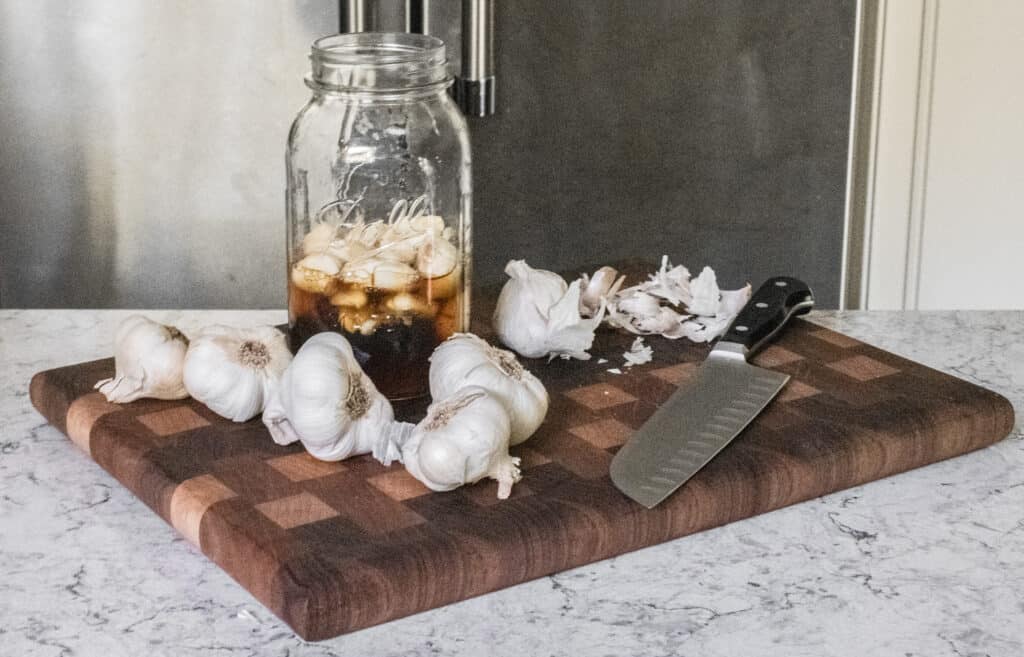
Emergency Preparedness
Emergency preparedness is a proactive stance that safeguards individuals, families, and communities during unforeseen challenges. By planning for emergencies, acquiring essential supplies, and developing response strategies, we instill a sense of security and readiness. This readiness not only ensures our own well-being but also contributes to collective strength, enabling us to navigate adversity with greater confidence and adaptability. In a world marked by unpredictability, embracing emergency preparedness is a responsible and caring commitment to safeguarding ourselves and those around us.
Live Sustainably
Sustainability is the bedrock of homesteading, embodying a philosophy of mindful living. Through resource-conscious practices, from cultivating organic gardens to recycling and composting, homesteaders forge a symbiotic relationship with their surroundings. These practices honor the planet’s finite resources while nurturing self-reliance, echoing a commitment to leaving a greener legacy. What small changes can your family make to leave the planet better than it was when you got here?
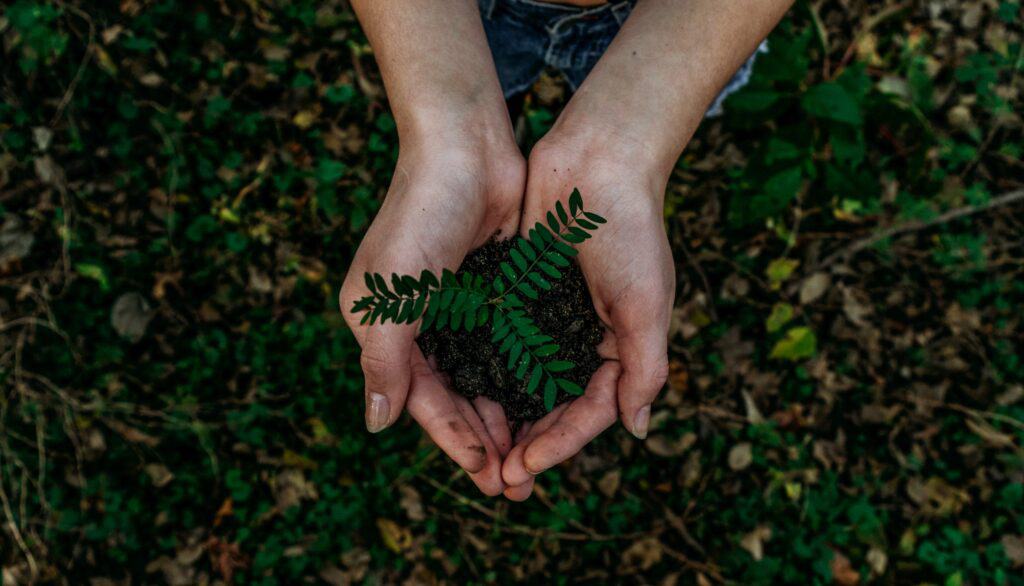
Local Sourcing
Locally sourcing food, plants, and other materials involves prioritizing products that are grown or produced within your immediate region. Start by exploring farmers’ markets, community-supported agriculture (CSA) programs, and local farms to directly purchase fresh produce, dairy, and meats. Joining a local co-op or food-sharing group can provide access to locally sourced items. Additionally, consider growing your own garden, participating in food swaps, and seeking out small-scale producers for unique and artisanal offerings like beeswax or medicinal herbs. By choosing locally sourced food, you support local economies, reduce the carbon footprint associated with transportation, and foster a deeper connection to the food you consume and the community where you live.
Thrift or Sew Your Own Clothing
Opting for thrifted garments or crafting your own clothing fosters a sustainable approach to fashion. By reusing and repurposing pre-loved items, or skillfully crafting new pieces, you contribute to reduced demand for fast fashion’s resource-intensive practices. Thrifting lessens textile waste and minimizes carbon footprint, while sewing empowers self-expression and creates high-quality, personalized garments. Embracing these practices shapes a more environmentally responsible and ethically conscious wardrobe.

Homesteading in the suburbs is surprisingly accessible, even within limited space. By making small, intentional changes, anyone can embark on a fulfilling homesteading journey while maintaining their suburban lifestyle. Which of these homesteading principles do you currently pracice regularly?
